A new winery by Masamichi Katayama helps rural Okayama savour Japanese wine
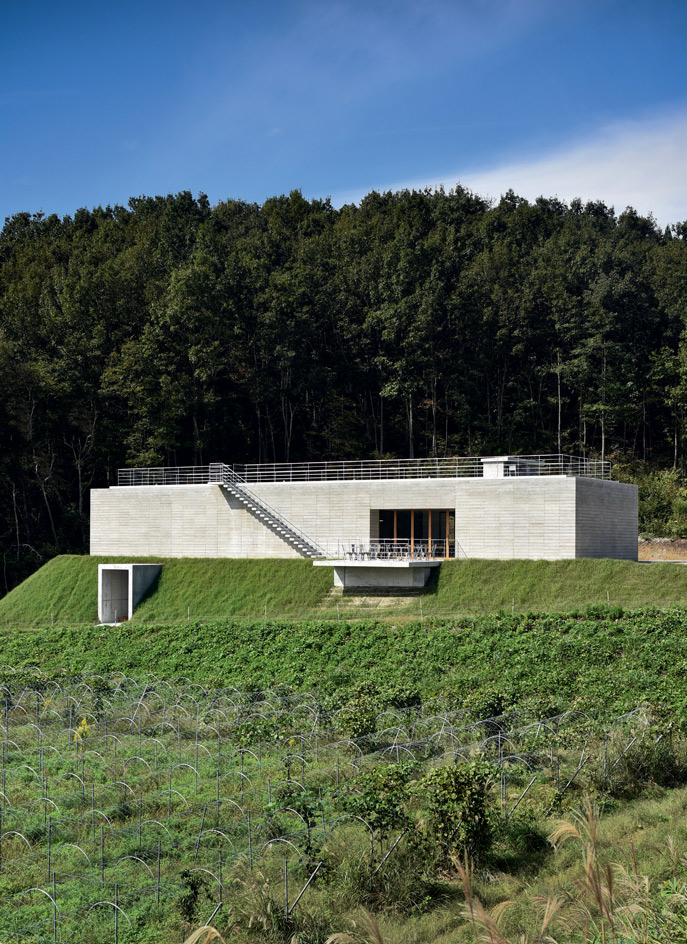
The 90-minute drive from Okayama airport to the small town of Tetta in southern Japan takes in beautiful mountain scenery and old villages set on the wide Takahashi River. The last ten minutes are on a narrow road that winds uphill through dense forest and finally vineyards, which are sheltered from the area’s generous rainfall by heavy-duty plastic domes stretched over rounded metal frames. A distinctly modern concrete structure growing out of a small hill disturbs the agrarian landscape and marks the end of the journey.
Coming from a construction background, Ryuta Takahashi had a knowledge of the lime-heavy soil in the region. This was what prompted him to make wine. ‘I used to play with lime as a child and never realized it was something of any value,’ he says as he shows me around Domaine Tetta. Takahashi started the winery in 2009, when he bought a number of local vineyards. Most of the grapes were of a variety best suited for eating fresh, but there were a few rows of wine grapes and Takahashi quickly planted many more. He is now growing six varieties on a modest six hectares surrounding the winery building, which was completed in September 2016. In the interval, he collaborated with nearby wineries to process his fruit, but he is now filling all Domaine Tetta’s bottles at his own facilities.
Throughout Japan, more and increasingly high quality wine is being made, though mostly in the Hokkaido, Yamanashi and Nagano regions. So when Takahashi decided to help revitalise his local community, he thought wine would be a good place to start. He turned to star designer Masamichi Katayama, principal of design firm Wonderwall, to help him create a winery that would also function as a place to enjoy and talk about wine. Katayama’s prime concern was to make the space functional. ‘There are no conspicuous or unnecessary design elements in the building,’ says the designer, also originally from Okayama. ‘I put the necessary functions at the necessary locations, and made use of the sloping site by putting the main entrance at the top layer of the building and the entrance to the fields at the bottom.’
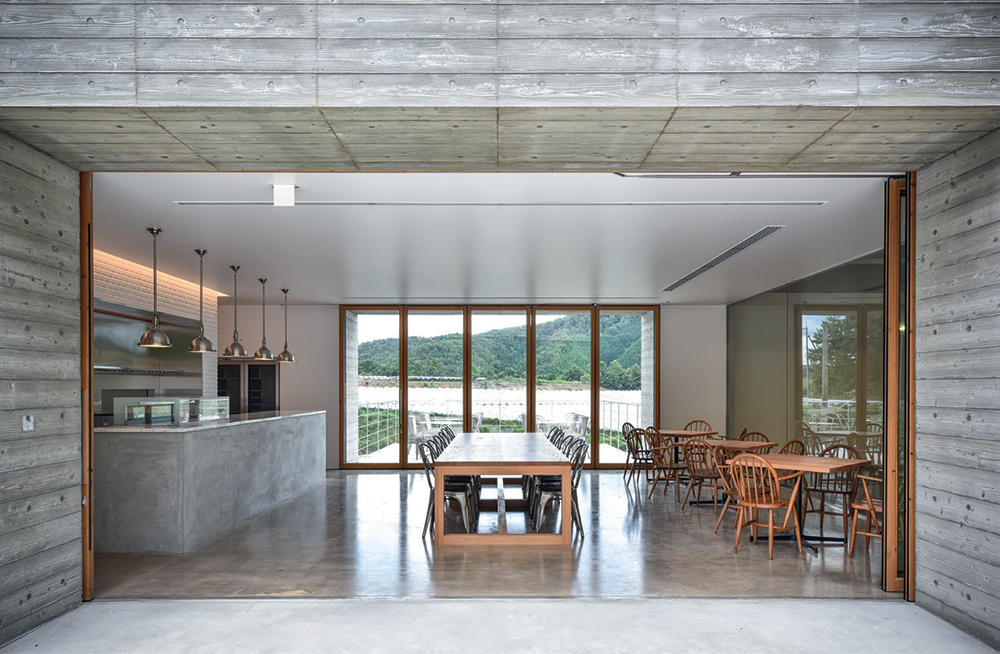
The café looks out over the vineyards.
The main entrance opens up to a spacious café area, where wine can be sampled and bought. This floor also offers unrestricted views of the production space on the lower levels via a floor-to-ceiling, wall-to-wall window, while a small terrace overlooks the adjacent vineyards. A large door on a small, mid-level platform allows for the grapes to be brought directly to the press, where they are crushed. In a process known as gravity flow, the juice runs down through pipes into fermentation tanks on the lower level, half of which is occupied by a large climate-controlled wine cellar. This is where the filled bottles are stored in readiness for shipment. The whole set-up is remarkably simple and the architecture only helps to amplify this.
To avoid the space being too mundane, Katayama introduced Takahashi to businessman Yasuharu Ishikawa, another Okayama local and a prominent art collector. Ishikawa arranged for the donation of a bright yellow and green door, The No, by Swiss artist Ugo Rondinone and a series of neon signs, Paris Bar, by Douglas Gordon and Jonathan Monk. The signs light up the production hall, while Rondinone’s door is on display at one end of the wine cellar.
Domaine Tetta’s capacity is around 50,000 bottles a year, but production is currently running at about a third of that. The bottles are branded with witty labels designed by Tokyo’s Naomi Hirabayashi, known for her simple graphic style. The labels feature illustrations of some of the winery’s key staff members, as well as a small panda statue that was found when construction started. The panda now greets visitors as they approach the winery.
Tetta’s first vintage, released last year, features as many as 16 varieties. It’s a large number for such a small operation, but, as Takahashi points out, the winery is so new that he is still experimenting with different grapes, production and ageing methods to establish what works best. He is getting closer to his dream of creating a culture of high-quality, locally produced wine in this corner of Japan.
As originally featured in the October 2017 issue of Wallpaper* (W*223)
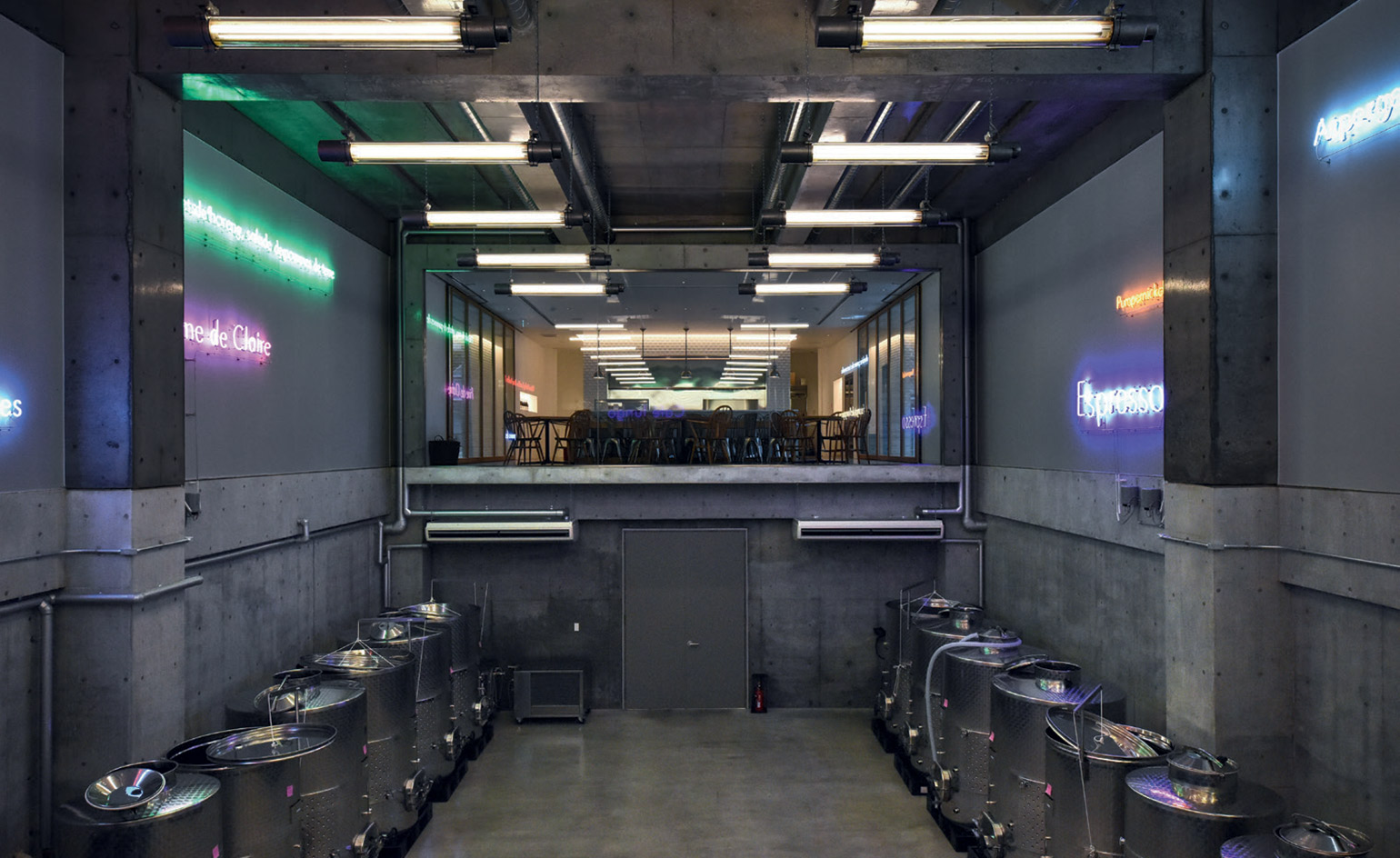
Neon signs by Douglas Gordon and Jonathan Monk in the production hall
INFORMATION
For more information, visit the Tetta website
Wallpaper* Newsletter
Receive our daily digest of inspiration, escapism and design stories from around the world direct to your inbox.
Originally from Denmark, Jens H. Jensen has been calling Japan his home for almost two decades. Since 2014 he has worked with Wallpaper* as the Japan Editor. His main interests are architecture, crafts and design. Besides writing and editing, he consults numerous business in Japan and beyond and designs and build retail, residential and moving (read: vans) interiors.
-
 All-In is the Paris-based label making full-force fashion for main character dressing
All-In is the Paris-based label making full-force fashion for main character dressingPart of our monthly Uprising series, Wallpaper* meets Benjamin Barron and Bror August Vestbø of All-In, the LVMH Prize-nominated label which bases its collections on a riotous cast of characters – real and imagined
By Orla Brennan
-
 Maserati joins forces with Giorgetti for a turbo-charged relationship
Maserati joins forces with Giorgetti for a turbo-charged relationshipAnnouncing their marriage during Milan Design Week, the brands unveiled a collection, a car and a long term commitment
By Hugo Macdonald
-
 Through an innovative new training program, Poltrona Frau aims to safeguard Italian craft
Through an innovative new training program, Poltrona Frau aims to safeguard Italian craftThe heritage furniture manufacturer is training a new generation of leather artisans
By Cristina Kiran Piotti
-
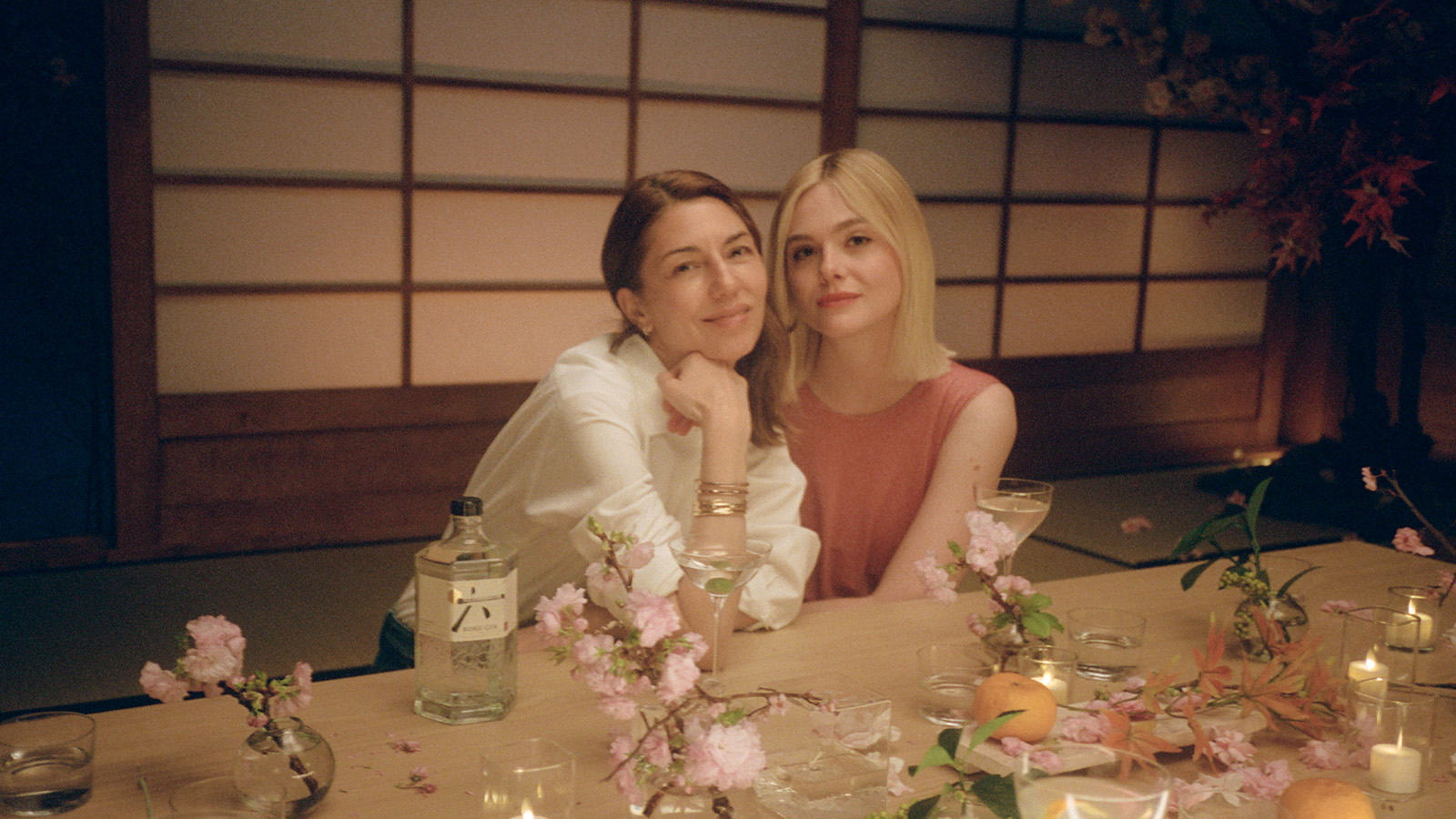 Elle Fanning and Sofia Coppola unite on a Japanese craft gin inspired by the seasons
Elle Fanning and Sofia Coppola unite on a Japanese craft gin inspired by the seasonsElle Fanning and Sofia Coppola collaborate on a campaign for The House of Suntory’s Roku Gin – a seasonal blend inspired by Japan’s floral botanicals
By Tianna Williams
-
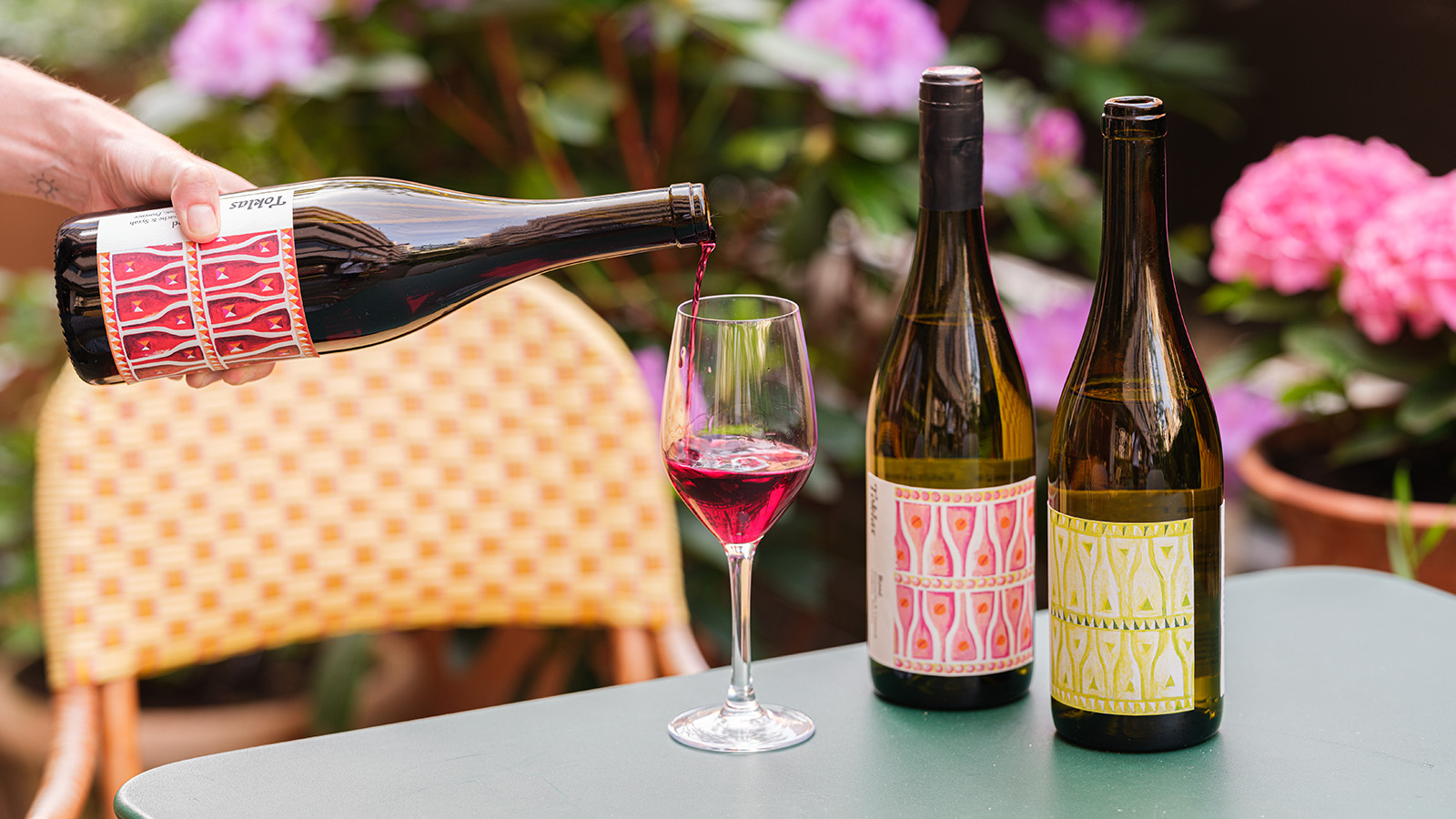 Toklas’ own-label wine is a synergy of art, taste and ‘elevated simplicity’
Toklas’ own-label wine is a synergy of art, taste and ‘elevated simplicity’Toklas, a London restaurant and bakery, have added another string to its bow ( and menu) with a trio of cuvées with limited-edition designs
By Tianna Williams
-
 30 years of Nobu: chef Nobu Matsuhisa on the trials and tribulations of a culinary empire
30 years of Nobu: chef Nobu Matsuhisa on the trials and tribulations of a culinary empireNobu celebrates 30 years of its revolutionary Japanese and Peruvian cuisine. We speak with co-founder and chef Nobuyuki ‘Nobu’ Matsuhisa on setbacks, special guests and his love for painting
By Tianna Williams
-
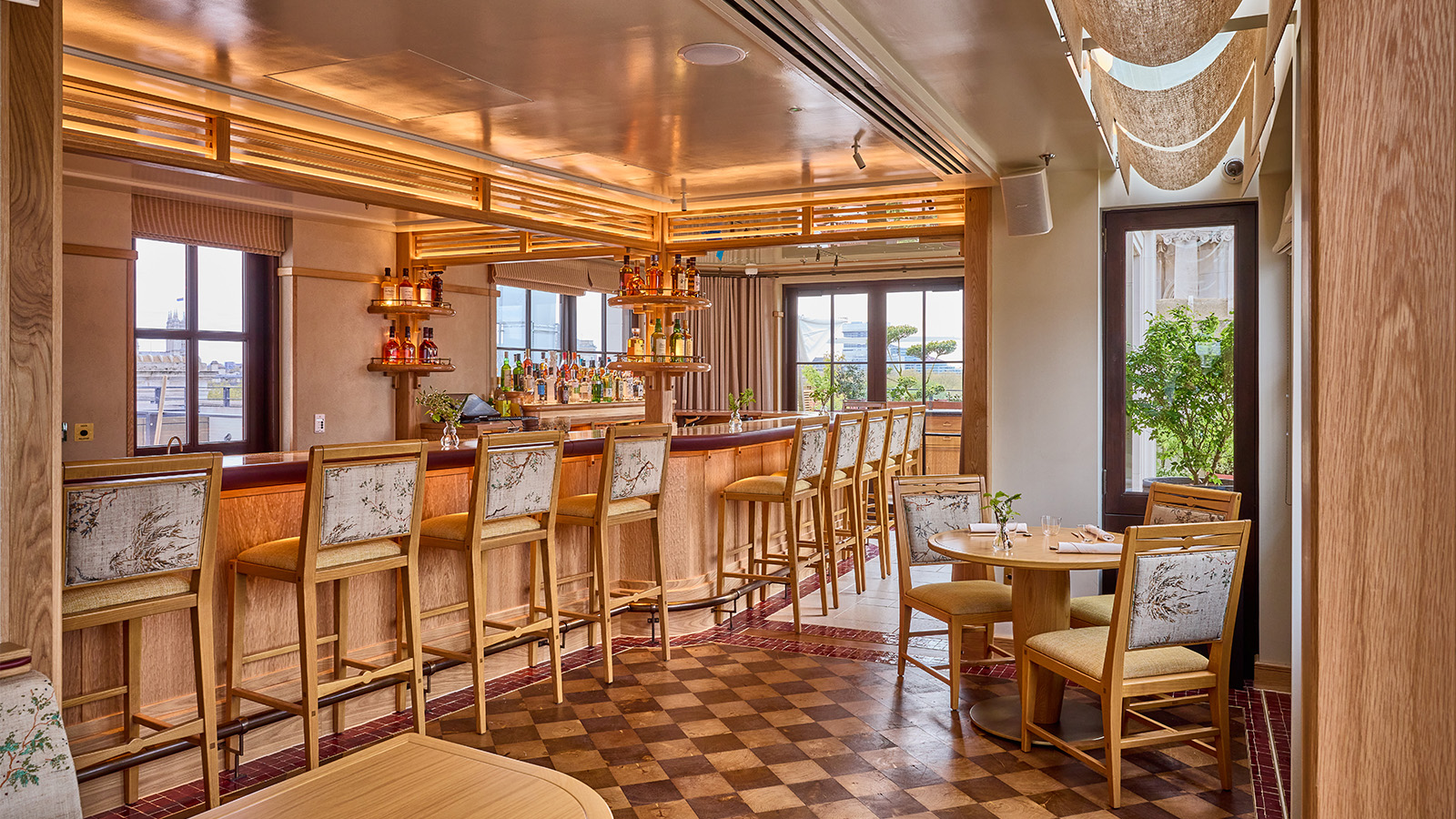 Kioku is a spectacular new Japanese restaurant at The OWO, London
Kioku is a spectacular new Japanese restaurant at The OWO, LondonAt The OWO’s Kioku by Endo, James Bond vibes meet Japanese dining and spectacular London views
By Melina Keays
-
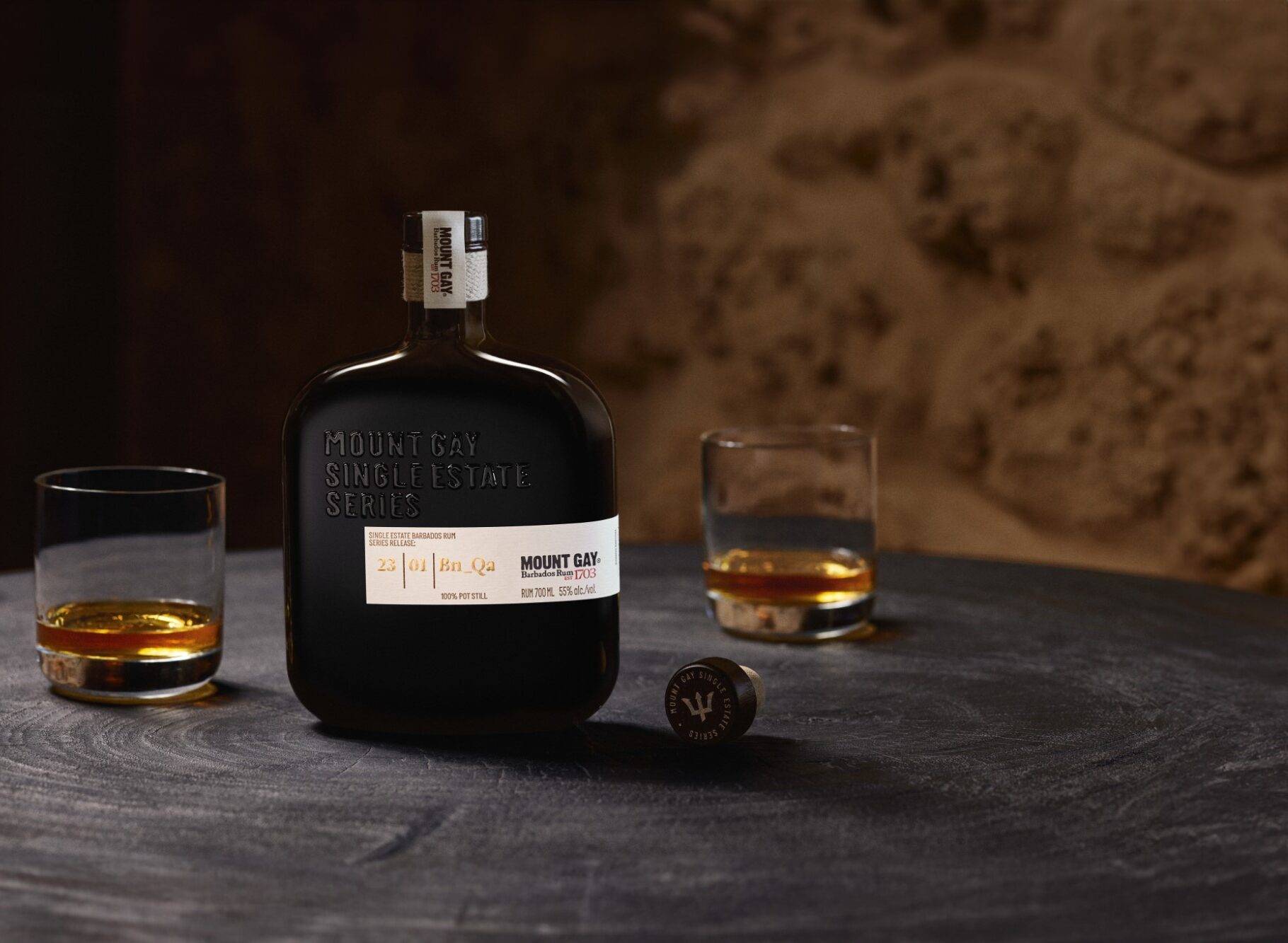 Spectacular spirits for the season of entertaining
Spectacular spirits for the season of entertainingOur spirits writer Neil Ridley looks back at some of the year’s most spectacular spirits releases – spanning whisky, cognac, rum and tequila – as thoughts turn to gifting and celebrating
By Neil Ridley
-
 Ardray whisky reinterprets Scottish traditions with a Japanese approach
Ardray whisky reinterprets Scottish traditions with a Japanese approachArdray whisky is the result of an exciting and groundbreaking collaboration between Scottish and Japanese whisky makers that presents new perspectives on a long-lasting tradition
By Melina Keays
-
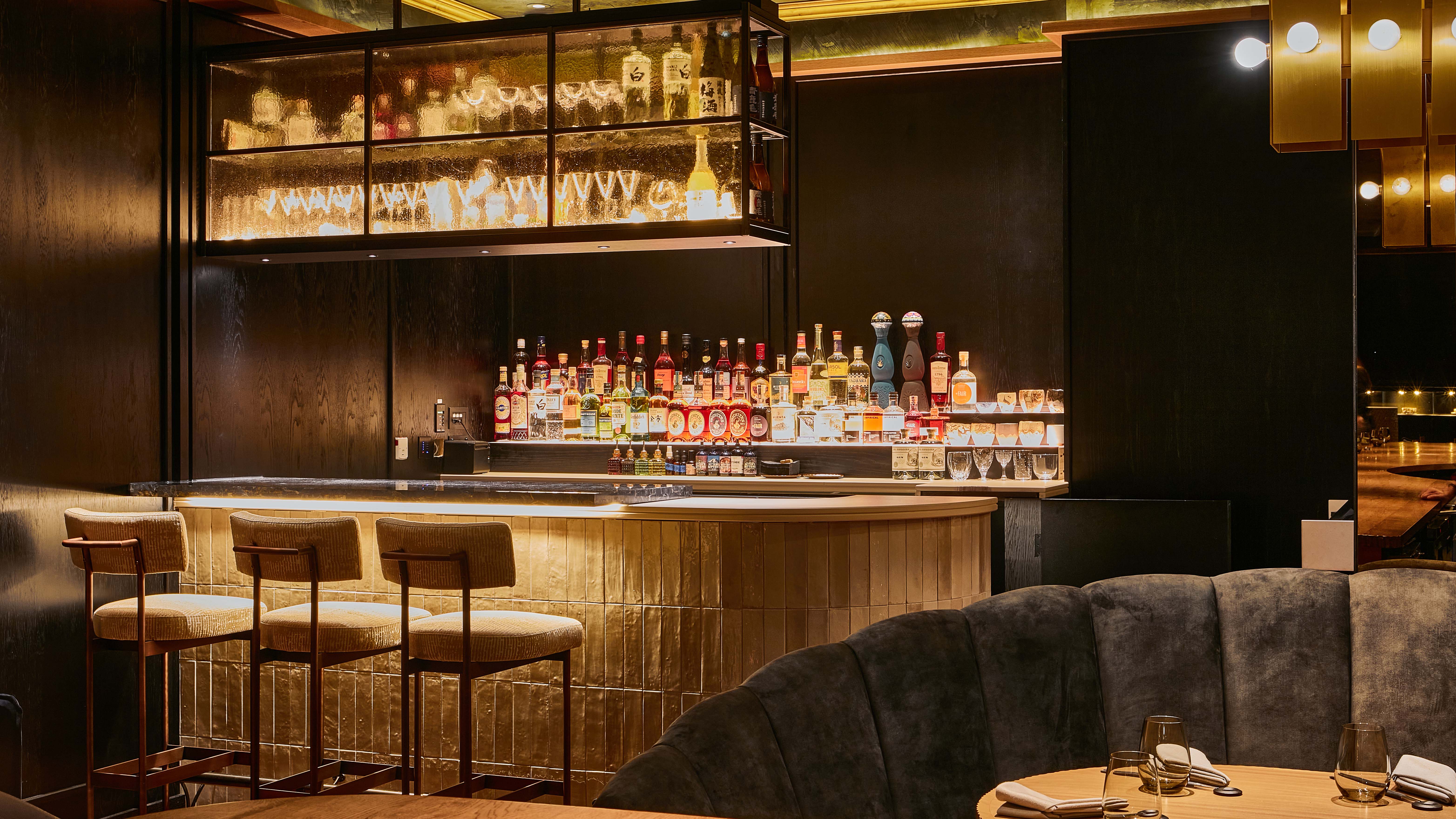 Humo, a new Mayfair restaurant, revolutionises wood-fired cooking
Humo, a new Mayfair restaurant, revolutionises wood-fired cookingMayfair restaurant Humo experiments with different types of wood to create unique and delicious flavours
By Melina Keays
-
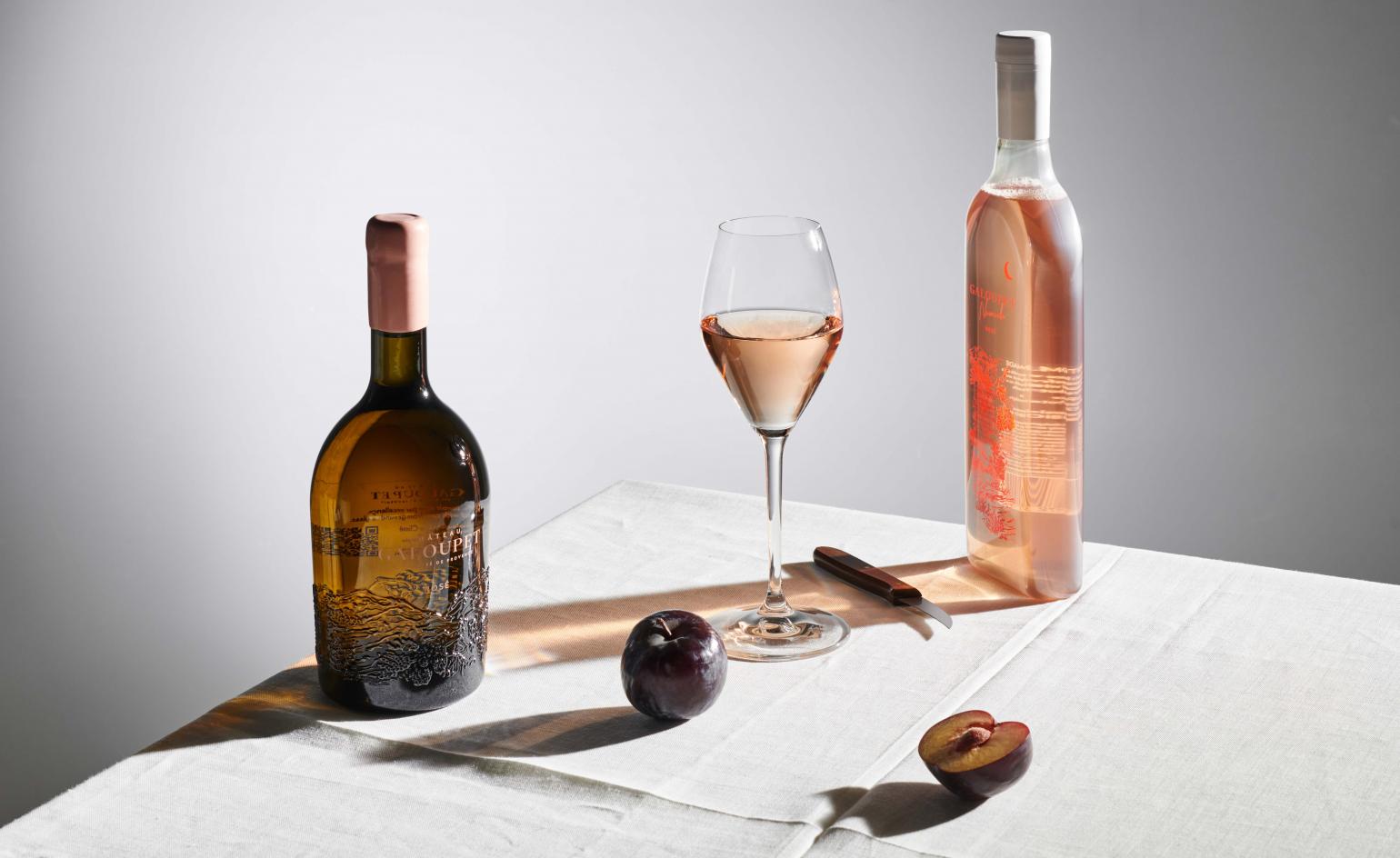 Château Galoupet is teaching the world how to drink more responsibly
Château Galoupet is teaching the world how to drink more responsiblyFrom reviving an endangered Provençal ecosystem to revisiting wine packaging, Château Galoupet aims to transform winemaking from terroir to bottle
By Mary Cleary